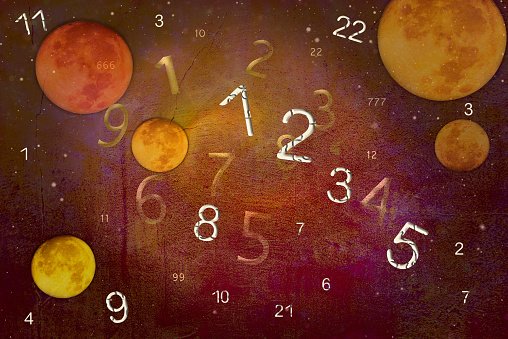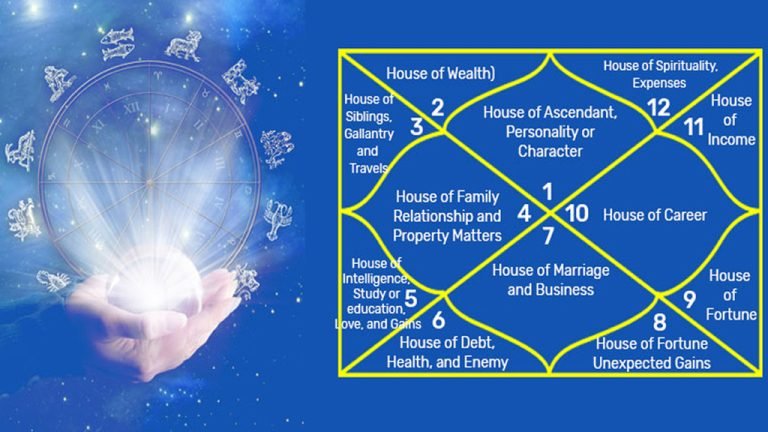Before 20th Century Numerology was known as Numerology. It is the science and also art between a numeric number and coinciding events. It is also related to letter in words and names. When numerology is applied to a person’s name, it is a form of onomancy.
Methods of Numerology:
· Alpha Numeric systems – Numerology systems which assign numerical value to the letters of an alphabet.
· Latin Alphabet systems – systems of numerology that use the Latin alphabet.
· Pythagorean Method – which uses a kind of place-value for number-letter attributions, as does the ancient Hebrew and Greek systems), the letters of the modern Latin alphabet are assigned numerical values 1 through 9.
· Chaldean Method – In the Chaldean method number 9 is not used in the calculations, at least in practice. It is left out because it is thought to be divine and sacred, and therefore unassignable. A lesser-known method, more popular in the nineteenth and early twentieth century,
· Aggrippan Method – applied the concept of arithmancy to the Classical Latin alphabet.
(Arithmancy came from 2 words Arithmetic & Mancy. Arithmetic means art of computation, the most elementary branch of mathematics. Mancy means word forming element of Greek origin meaning “divination by means of”)
· Chinese Numerology method
· English Qaballa – that interprets the letters of the English alphabet via an assigned set of values developed by James Lees in 1976.
Biblical numerology – Numeric symbolism in biblical texts
Enneagram of Personality – Model of the human psyche used as a personality typology
Golden Ratio – Ratio between two quantities whose sum is at the same ratio to the larger one
Graphology – Pseudoscientific interpretation of handwriting
Number of the beast – Number associated with the Beast of Revelation
Numbers in Norse mythology – Significant numbers in Germanic paganism
Sacred geometry – Symbolic and sacred meanings as described to certain geometric shapes
Synchro mysticism – Belief system attributing meaning to coincidences
Synchronicity – Jungian concept of the meaningfulness of acausal coincidences





